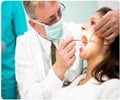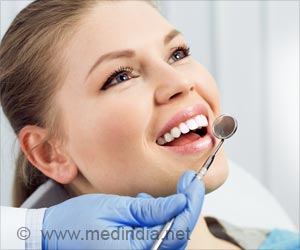Recent study has finally solved the mystery of how the fluoride in drinking water, toothpastes, mouth rinses and other oral-care products prevents tooth decay.
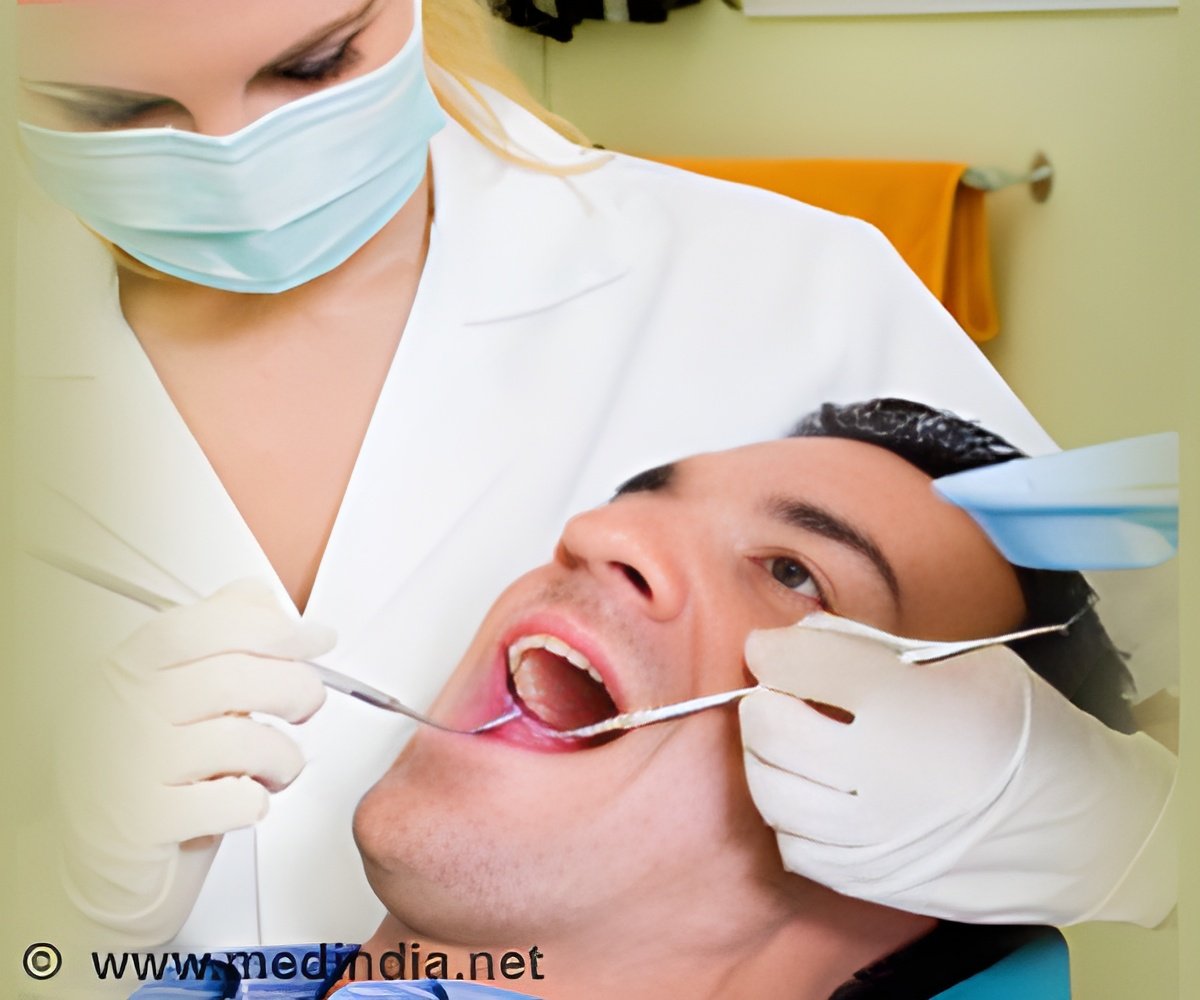
That research established long ago that fluoride helps to harden the enamel coating that protects teeth from the acid produced by decay-causing bacteria. Newer studies already found that fluoride penetrates into and hardens a much thinner layer of enamel than previously believed, lending credence to other theories about how fluoride works.
The report describes new evidence that fluoride also works by impacting the adhesion force of bacteria that stick to the teeth and produce the acid that causes cavities. The experiments - performed on artificial teeth (hydroxyapatite pellets) to enable high-precision analysis techniques - revealed that fluoride reduces the ability of decay-causing bacteria to stick, so that also on teeth, it is easier to wash away the bacteria by saliva, brushing and other activity.
The study has been published in the ACS journal Langumir.
Source-ANI
 MEDINDIA
MEDINDIA
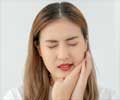
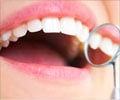
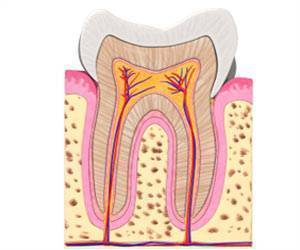
 Email
Email
